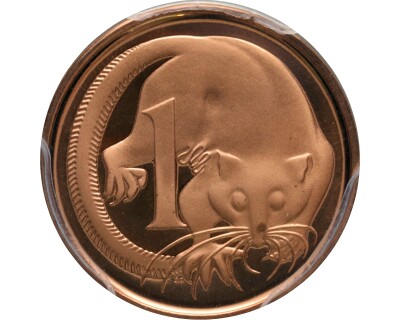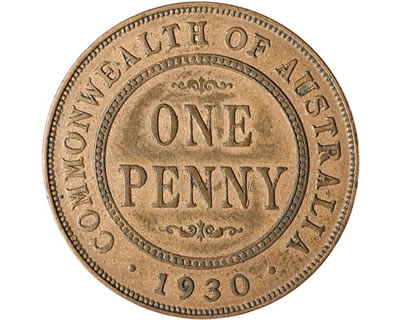Collecting Old Australian Coins
Shilling
The shilling series was struck from 1910 to 1963 in all years except 1919, 1923, 1929, 1930, 1931, 1932, 1937, and 1945. The 1910, like the previous two denominations is relatively easy to acquire. This is a common theme as the different obverse design resulted on greater hoarding relative to other years though the florin will be an exception to this to some degree as will be discussed in the next section.
The key date of the series is the 1933 with a tiny mintage of just 220,000. This tends to be outshined by the 1915-H in high grades though and the 1912, 1915, 1921, 1924, and 1928 are somewhat scarce also. The 1933 starts at about $100 in low grades and from $5000 in mint state while other years can be found for under $25 in lower grades and start from the $200 to $2000 in mint state.
In the George VI series the 1940 is the key date though the 1939 is scarce also and the 1946 with a dot before the S (indicating it was struck at Perth) is scarce in top grades. None of these are particularly expensive though being available for under $20 in average grades and below $200 in mint state.
San Francisco also struck shillings for Australia though Denver exclusively struck the lower denominations. These San Francisco shillings can be identified by an S underneath the ram on the reverse and were issued in 1942, 1943, and 1944.
The Elizabeth II series went from 1953 to 1963 and while none of these are particularly difficult to acquire, the 1956 shilling is quite scarce in top grades due to heavy circulation from the increased tourism brought about by the Melbourne Olympics. These tend to start from around $80 in mint state.
Although the 1919, 1937 and 1945 shillings are not noted to have been produced, some patterns have surfaced including this 1919 shilling, a 1920 plain shilling, a 1937 shilling (this is uniface), a 1945 shilling, and while there are rumours of a 1923 shilling also, these have yet to be confirmed.
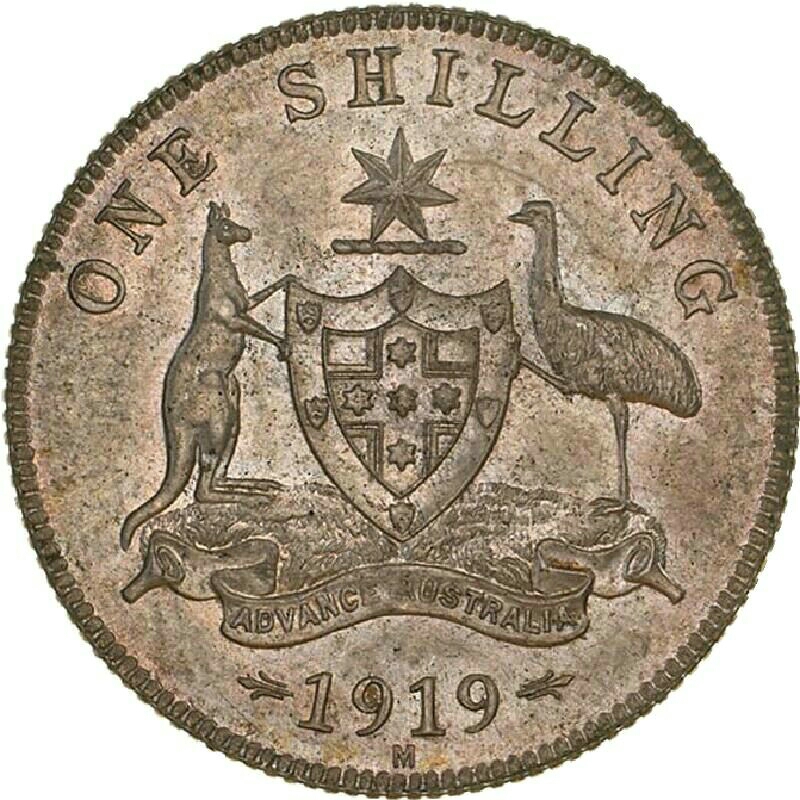

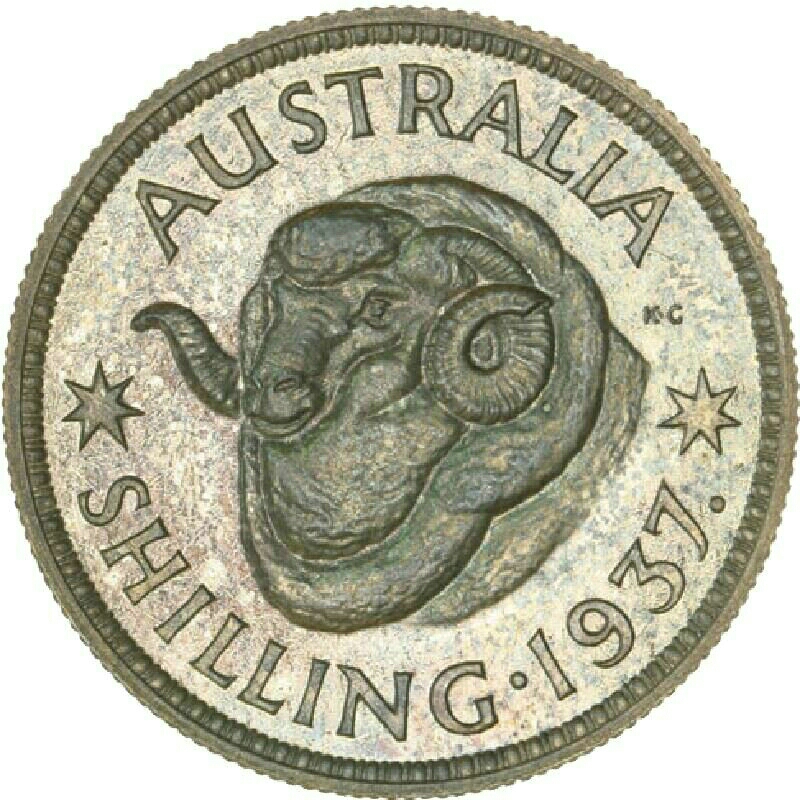
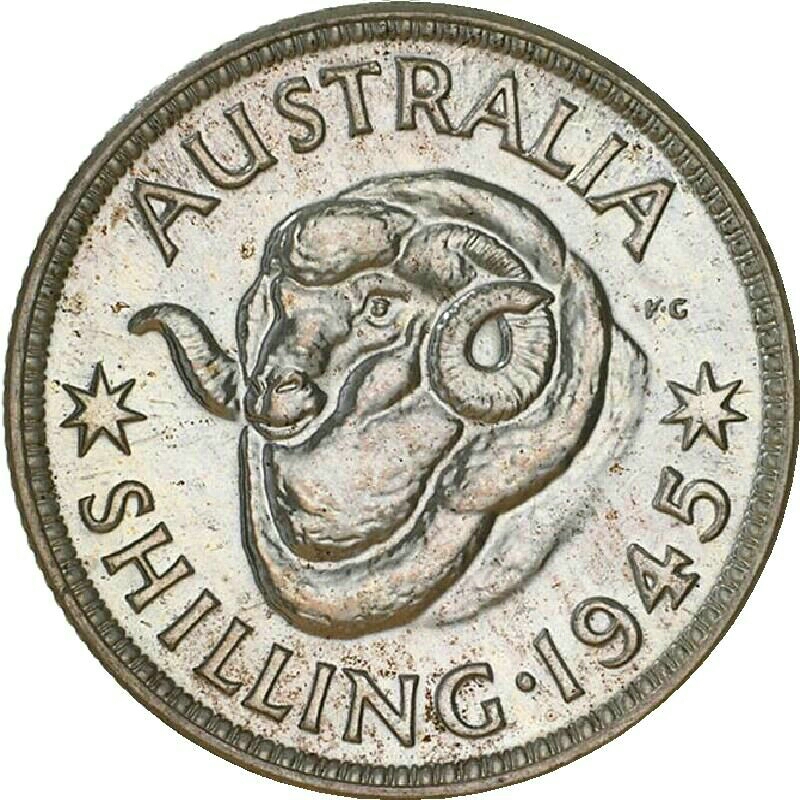
Of these dates however, only one defaced 1919 is available to collectors, the 1920 plain exists only in museums, a small number of 1937s exist and just one 1945 is available in private hands. The 1919, 1920 plain, and 1945 illustrated above are from the Museum of Victoria.

